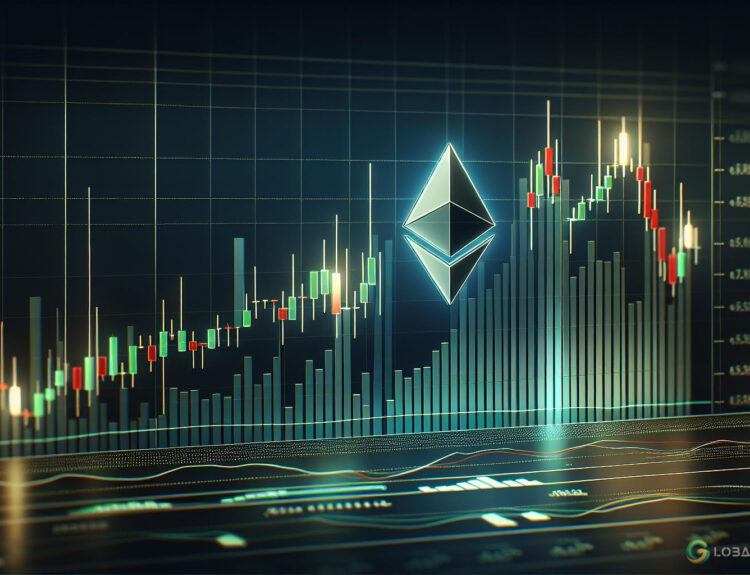“`html
On June 11, 2025, the May Consumer Price Index (CPI) was released, revealing an inflation rate of 2.4%. This figure marks a 0.1% increase from April but falls below the predicted rate of 2.5%. The data has once again sparked calls from U.S. officials to cut interest rates. This raises questions about the feasibility of such a move and how the cryptocurrency market might respond to the latest CPI data.
Inflation Trends in May 2025
The Bureau of Labor Statistics reported that May’s CPI growth of 2.4% is the lowest yearly inflation increase since February 2021. While inflation is still growing, the pace has slowed compared to earlier months. Economists had anticipated a 0.2% rise, but the lower-than-expected figure was interpreted by some as a sign of “no inflation.”
Additionally, the core inflation rate—which excludes volatile food and energy prices—remained steady at 2.8%, consistent with April’s data. This stability in core inflation further reinforces the perception that inflationary pressures are easing.
Federal Reserve and Rate-Cut Debates
The ongoing debate between former President Donald Trump and Federal Reserve Chair Jerome Powell has added complexity to the economic outlook. Trump has repeatedly called for a significant cut in interest rates, citing the need to stimulate the economy and weaken the U.S. dollar to boost exports. However, Powell and his colleagues at the Fed have maintained a cautious stance, emphasizing the need to monitor inflation trends before making any decisions.
The Fed’s primary objectives are to manage inflation and unemployment. While it has successfully reduced inflation from over 7% in 2023 to 2.3% in April 2025, the agency remains wary of prematurely cutting rates, especially as inflation still exceeds the Fed’s target of 2%. Powell’s consistent approach aligns with the Fed’s long-term strategy to stabilize the economy without undermining its progress.
The Tariff Factor
Tariffs imposed and later paused for 90 days by Trump have also influenced inflation trends. While some expected these tariffs to drive inflation higher, the actual impact has been more subdued. However, experts warn that once the tariffs fully take effect, they could contribute to rising prices, complicating the Fed’s efforts to maintain economic stability.
Critics have speculated about potential leadership changes at the Fed, with some suggesting that Treasury Secretary Scott Bessent could replace Powell. Despite these rumors, the Fed operates as an independent agency, and the President does not have the authority to dismiss its chair.
Potential Impact on the Cryptocurrency Market
Bitcoin and other cryptocurrencies are often viewed as a hedge against inflation, making CPI data a key indicator for crypto investors. However, the May CPI report offers mixed signals. While the inflation rate is below expectations, the possibility of future tariff-driven inflation has left market sentiment divided.
If the Fed decides to maintain current interest rates or even cut them in response to economic pressures, the cryptocurrency market could see a shift. Lower interest rates often lead to a weaker dollar, which can drive investors toward alternative assets like Bitcoin and gold. Additionally, if the Fed resorts to printing more money to stimulate the economy, it could further bolster demand for cryptocurrencies as a hedge against fiat currency devaluation.
Key Takeaways for Crypto Investors
- Monitor Fed Policies: Keep an eye on Federal Reserve decisions regarding interest rates and monetary easing. Any indication of rate cuts or money printing could positively impact Bitcoin and other cryptocurrencies.
- Tariff Effects: Be prepared for potential inflationary spikes when tariffs are fully implemented, as this could increase the appeal of crypto assets.
- Long-Term Hedge: Consider Bitcoin as a long-term hedge against inflation, especially in uncertain economic climates.
While the May CPI data is unlikely to cause immediate shifts in the cryptocurrency market, it highlights the ongoing economic dynamics that investors must consider. As inflation trends and Federal Reserve policies evolve, keeping a close watch on these developments will be crucial for anyone involved in crypto and traditional finance.
“`
























